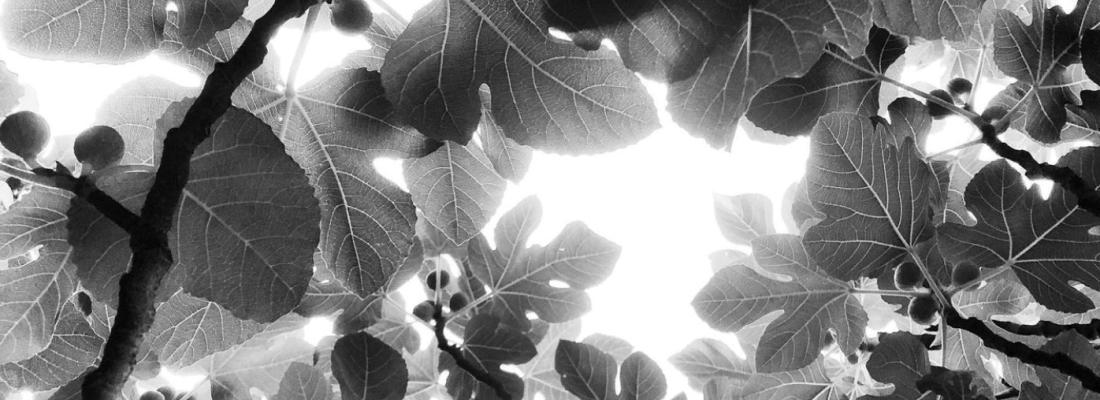Climate change and risks Reading time 3 min
Urban heat: well-tended trees can ensure greater cooling potential
Published on 25 May 2022

Because of very rapid urban development, numerous towns and cities have suffered from a lack of appropriate urban planning and management to combat the so-called “urban heat island” phenomenon (UHI). Examples include greening or the use of materials that involve low reflectivity to solar radiation in pavements. This urban heat island phenomenon can have a dramatic effect on the quality of life in towns and cities and may be linked directly to poor practices in terms of planting and landscape management.
It has been proved that green urban spaces such as parks are cooler than a built environment rich in grey or dark infrastructure. Planting trees participates in the well-being, quality of life and health of urban dwellers. They contribute to filtering air, regulating temperatures, capturing run-off water, reducing noise, fixing carbon, improving physical and mental health and maintaining biodiversity. For all these reasons, the greening of towns and cities has been supported by citizen groups during the past decade and has now become a widely acknowledged urban development strategy.
The thermal regulation offered by trees is based in part on their functional and associated structural characteristics, such as total leaf area, crown density and leaf orientation. Indeed, it has been shown that these leaf traits may potentially vary as a function of different landscape management and maintenance practices in an urban environment, which thus calls into question the models used hitherto to estimate the cooling potential of urban trees.
A citizen science experiment
The present study was carried out in the context of collaboration with EarthWatch (https://earthwatch.org/), an organisation that promotes citizen science. The aim was to study the variability of leaf traits of linden trees (Tilia spp.) in an urban environment and how they affected tree transpiration. A reconstruction of leaf area at the tree scale was achieved using data from three cities: London and Birmingham (UK) and Chantilly (France) under two types of management: “managed” (frequent leaf litter removal, open space growth conditions) and “unmanaged” (conditions similar to high tree density plots). The reconstruction combined allometric measurements (*) at the scale of shoots and leaves and a 3D reconstruction at the tree scale [Bournez et al., 2018. DOI: 10.1016/j.ufug.2018.10.016]. Obtaining relevant and characteristic data regarding the sites and management practices required large-scale sampling. The originality of this project derived from the collection of all allometric data by volunteer citizens. To achieve this, they were supplied with a unified and standardised measurement protocol and all receive appropriate training and equipment.
Thanks to this support from volunteers, more than 2500 leaves and 360 shoots were harvested and measured within a very short period; indeed, these field data were acquired in a third of the time that would have been necessary for two scientists.
The data obtained demonstrated a marked effect of management practices on the allometric relationships in trees. The relative differences observed ranged from 12% to 48%, depending on the city or variable considered (e.g. leaf area index, total leaf area or tree transpiration). Thus the trees at maintained and managed sites developed a larger leaf surface area, thus favouring their cooling potential. This finding appeared initially to be counterintuitive; at the managed sites, the leaf litter was removed thus reducing the nutritional quality of the soil. However, the leaf growth of trees is a multifactorial process where light availability is a key limiting factor. Indeed, trees growing in unmanaged urban environments are notably characterised by their proximity to other trees, thus creating a cover of contiguous tree crowns and ultimately causing strong competition for light, unlike the more isolated crowns of other trees growing in the same urban park.
Management options proposed to professionals in green space management and urban development
This citizen science study thus confirmed that practices designed to reduce both closure of the canopy and competition – e.g. for light – should favour the development of total leaf area and an increase in leaf area density. Transpiration and the shading offered by trees could ultimately be improved in order to cool the environment.
These results therefore imply that it is possible to optimise the ecosystem services provided by trees in urban areas in terms of thermal comfort, but underline the importance of appropriate and well-conceived urban planning and management where landscape management can play a greater role in regulating the climate of cities in the summer.
Finally, this study has offered further proof of the value to research scientists of collaborating with the general public in order to improve our understanding of natural phenomena. The involvement of a large number of citizens can exponentially increase the number of measurements and observations. However, this approach requires the development of simple and comprehensible measurement protocols in order to limit measurement bias and not discourage observers. Opportunities for discussions between scientists and citizens are also necessary in order to increase general public awareness to the sustainable management and preservation of their environment.
(*) Allometrics is the study of the scales of relationships between part of a body and the body as a whole. It describes how the characteristics of an individual may change with its size.
Reference - Implications of Urban Land Management on the Cooling Properties of Urban Trees: Citizen Science and Laboratory Analysis. Jérôme Ngao, Macarena L. Cardenas, Thierry Améglio, Jérôme Colin, Marc Saudreau. Sustainability DOI: 10.3390/su132413656
